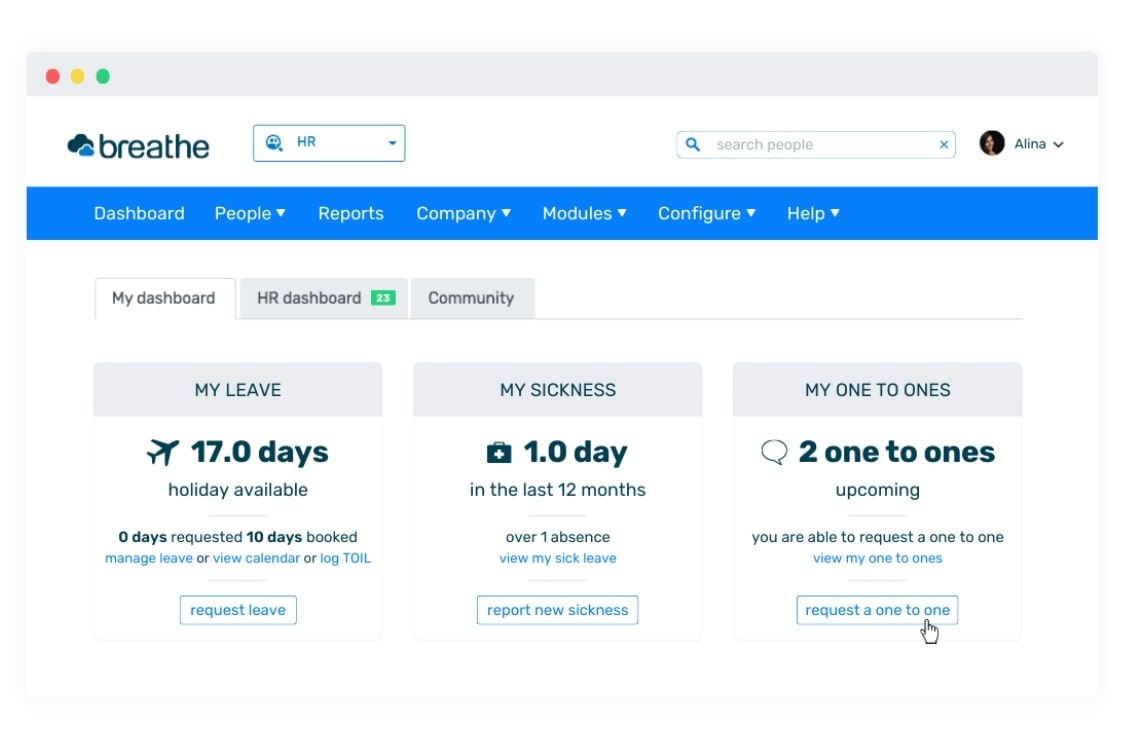This Father’s Day, Let’s Talk About What Working Dads Really Need

Today is Father’s Day in the UK—a chance to celebrate dads and all they do. But behind the cards and hand-drawn pictures is a tougher reality: the UK’s parental leave system is failing modern families.
A new report from the Women and Equalities Committee (WEC) has called the current system “broken”, and they’re not wrong.
The reality for working dads and partners
UK fathers and partners are currently entitled to just two weeks of paternity leave, paid at a statutory rate of £187.18 per week (or 90% of earnings, if lower). For many, this makes taking time off financially impossible.
Meanwhile, Shared Parental Leave (SPL), intended to offer more flexibility, remains so complex and poorly promoted that take-up has been dismal.
This isn’t just a policy problem—it’s a cultural one. And we’re falling behind.
What are other countries doing?
To understand just how far behind the UK is, consider a few international examples:
- Sweden offers 90 days of dedicated paternity leave at around 80% of salary, with a further 390 days of shared leave between parents. Many Swedish dads take several months off.
- Portugal mandates 28 days of paid paternity leave, fully paid by the government. 7 of those days must be taken immediately after birth, with flexibility for the rest.
- Japan, while underutilised in practice, legally offers up to 12 months of paid leave for fathers, with financial support from social security.
These policies aren’t just generous, they’re strategic. Countries that invest in equitable parental leave tend to see smaller gender pay gaps, higher maternal employment, and greater family wellbeing.
Why it matters
More equitable parental leave benefits everyone:
- Fathers and partners get time to bond and care for their children without financial penalty
- Mothers are more likely to return to work and progress in their careers
- Employers gain from increased engagement, loyalty, and talent retention
Yet, without reform, we risk reinforcing outdated gender roles and putting unnecessary strain on families, especially those where both parents work or are self-employed.
The WEC’s recommendations
The committee’s report lays out a strong, evidence-based roadmap for change, including:
- Six weeks of paid paternity leave at 90% of average earnings
- A “day-one” right to paternity leave, removing service requirements
- A boost to statutory parental pay to meet or exceed the Real Living Wage
- A new Paternity Allowance for self-employed dads and partners, and non-traditional carers
- Simplified and incentivised Shared Parental Leave to encourage uptake
- Encouraging cultural change through targeted initiatives to help shift societal norms around parental roles
These reforms would bring the UK in line with international best practice and signal that we truly value the role of fathers and partners.
What can employers do now?
The Government is expected to conduct a full review of parental leave, likely launching by mid-July 2025. Government reform takes time. But employers can act faster by:
- Reviewing your current paternity and parental leave policies
- Offering enhanced pay for new fathers beyond statutory levels, where possible
- Ensuring self-employed workers and contractors understand their rights
- Offering flexible working arrangements
- Creating an open culture around parenting and work-life balance—for everyone
Final thoughts
Father’s Day is more than a celebration; it’s a reminder. If we truly value the role of dads and partners at home and at work, we need parental leave policies that reflect that.
The WEC’s proposals offer a solid blueprint, but we don’t have to wait for legislation to start doing better. Even small changes can make a big difference in attracting and retaining top talent.
Let’s use this moment to push for a system that truly supports all working parents.
















